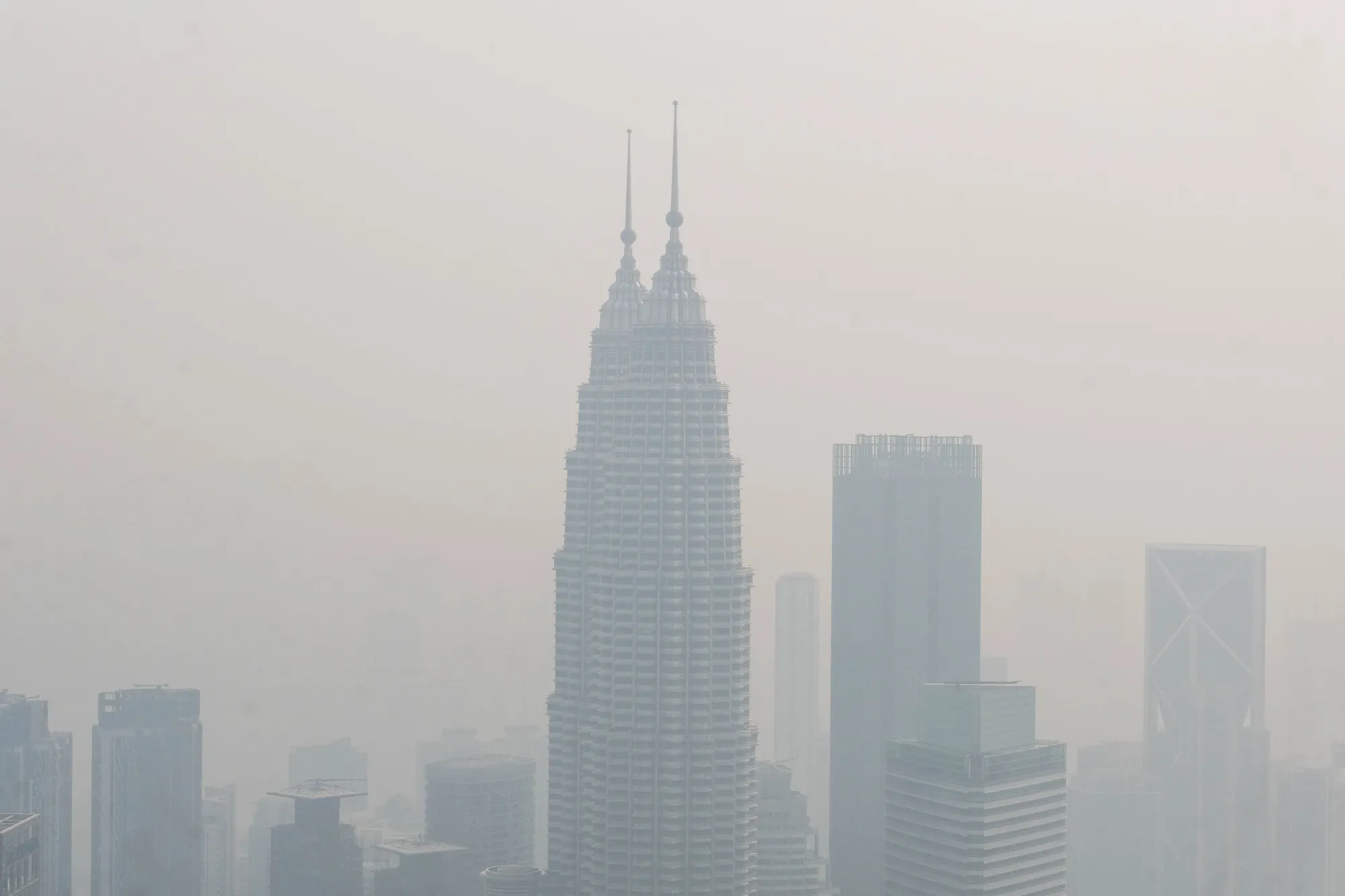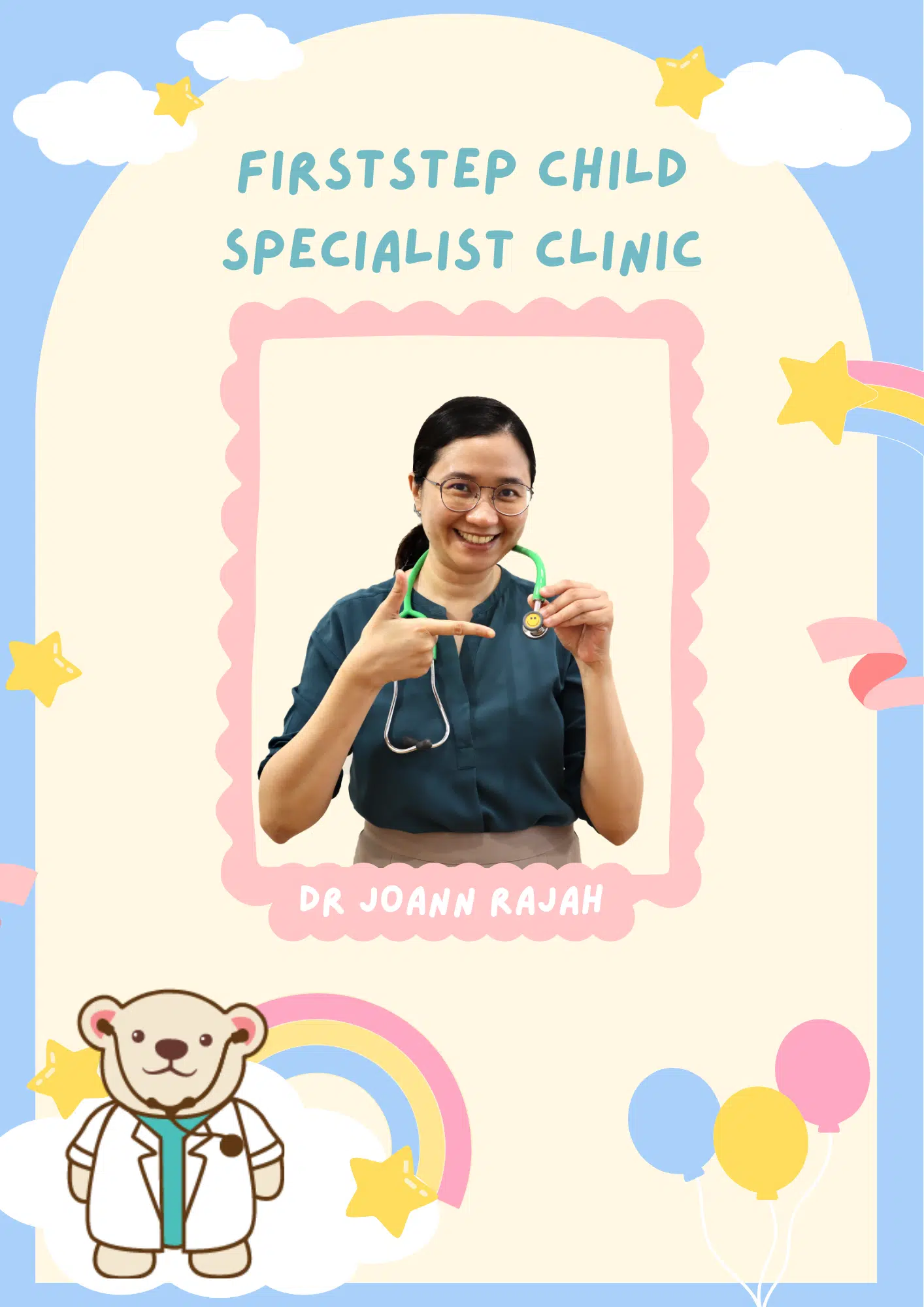
Why Haze May Be More Harmful Than You Think
Haze, Itchy Eyes & “Moderate” Air Quality?
Haze blanketed the sky, turning daylight into a murky gray. The smell of smoke clung to everything- clothes, hair, even the air itself—and within minutes, eyes began to itch. Yet the Air Pollution Index (API) still read as “moderate,” or barely tipping into “unhealthy for sensitive groups.” Something felt off.
As a pediatrician, I’ve learned to trust symptoms more than numbers. And lately, the symptoms are impossible to ignore: more coughing, more wheezing, more red, itchy eyes—especially among children. The official readings say we’re not in danger yet. But our bodies? They’re sounding the alarm.
So why the disconnect?
🌫️ What Is Haze?
Haze is more than just a foggy sky—it’s a visible warning sign of polluted air, made up of tiny airborne particles that scatter light and reduce visibility. Most commonly, it’s caused by:
-
Smoke from forest fires or agricultural burning
-
Urban vehicle emissions
-
Industrial pollutants
-
Weather patterns that trap pollution near the ground
These pollutants—especially PM2.5 (particulate matter less than 2.5 microns)—are small enough to travel deep into our lungs and even into the bloodstream. Despite its often innocuous appearance, haze is a potent health hazard, particularly for young children, the elderly, and people with respiratory or cardiovascular conditions.

🧪 How Air Quality Is Measured
Most countries use air quality indices like the AQI (Air Quality Index) or API (Air Pollution Index) to help the public understand current pollution levels. These indices typically factor in major pollutants such as:
-
PM2.5 and PM10
-
Ground-level ozone (O₃)
-
Carbon monoxide (CO)
-
Nitrogen dioxide (NO₂)
-
Sulfur dioxide (SO₂)
The readings are grouped into categories:
| AQI Range | Air Quality | Health Implication |
|---|---|---|
| 0–50 | Good | Safe for everyone |
| 51–100 | Moderate | Some pollutants may be a concern for sensitive groups |
| 101–150 | Unhealthy for sensitive groups | People with asthma, children, and the elderly may be affected |
| 151–200 | Unhealthy | Everyone may begin to feel health effects |
| 201–300+ | Very unhealthy to hazardous | Health warnings issued |
Sounds helpful, right? The issue is that these measurements don’t always reflect what people are experiencing in real time.
😕 Why Does the API Say “Moderate” When the Air Feels Toxic?
There are several reasons for this frustrating mismatch between what we feel and what the numbers say:
1. Delayed or Averaged Readings
Most air monitoring stations average pollution levels over several hours or even 24 hours. This means sudden spikes—like those from nearby fires—might not immediately be reflected in the AQI.
2. Not Enough Monitoring Stations
In many areas, especially rural or suburban regions, monitoring stations are few and far between. You could be standing in the middle of a smoke plume while the nearest station, miles away, still reads clean air.
3. Different People, Different Sensitivities
Air quality categories are based on population averages. But children, the elderly, and those with asthma or allergies can react to much lower pollution levels. For these groups, even “moderate” air can be harmful.
4. Invisible Compounds Not Measured
AQI focuses on a handful of pollutants, but smoke from fires also contains volatile organic compounds (VOCs), benzene, formaldehyde, and other toxins that may not be included in the API. These can irritate the eyes, skin, and respiratory system.
👶 Children Are Especially at Risk
Haze doesn’t affect everyone equally. Children are particularly vulnerable due to:
-
Smaller, developing lungs that are more susceptible to damage
-
Faster breathing rates than adults, meaning they inhale more pollutants per minute
-
Immature immune systems make them less capable of fighting off inflammation
-
Time spent outdoors—playgrounds, school commutes, and sports all increase exposure
Research has shown that even short-term exposure to PM2.5 can lead to increased respiratory infections, asthma attacks, and missed school days. Long-term exposure has been linked to impaired lung development and increased risk of chronic diseases later in life.
🩺 What We’re Seeing in the Clinic
There’s a noticeable trend: when the sky is hazy, the waiting room fills up.
Here are the most common complaints:
-
Red, itchy, or watery eyes
-
Persistent dry cough
-
Chest tightness or wheezing
-
Exacerbation of asthma or allergic rhinitis
-
Headaches and fatigue
And these symptoms are appearing even when the air quality index is still in the “moderate” range.
The takeaway? Don’t wait for the API to turn red. Trust your senses—and your symptoms.
✅ What You Can Do to Protect Your Family
Even if the haze seems mild or the readings seem low, take action early—especially for children and other sensitive individuals.
🏠 Indoors:
-
Keep windows and doors closed
-
Run HEPA air purifiers in key areas like bedrooms and living rooms
-
Avoid activities that worsen indoor air (e.g., burning candles, frying food, smoking)
-
Create a “clean room” with tightly sealed windows, a purifier, and no indoor pollutants
😷 When Going Outdoors:
-
Avoid unnecessary time outside, especially during visible haze or smoke smell
-
Use N95/KN95 masks for older children and adults when outdoors
-
Postpone outdoor activities and sports
-
For infants and toddlers, avoid outdoor exposure altogether
🧼 Personal Care:
-
Wash hands and face after coming indoors
-
Change clothes to avoid carrying pollutants inside
-
Use saline sprays or nasal rinses to soothe irritated sinuses
🌍 Beyond the Numbers: Advocate for Cleaner Air
While protecting your family is the immediate priority, we must also push for broader changes:
-
More localized air monitoring stations for accurate readings
-
Public awareness campaigns that emphasize symptoms over numbers
-
Policy enforcement against illegal open burning and emissions
-
Cross-border cooperation to tackle transboundary haze events
🔚 Final Thoughts: Trust What You See, Smell, and Feel
Haze is more than just an eyesore—it’s a warning sign from nature. While air quality indices serve an important role, they’re not infallible. When the air smells smoky, your eyes sting, or your child begins coughing, that’s a signal to act—regardless of what an app or website says.
Let’s protect our kids’ lungs now, not later. After all, little lungs are still growing, and every breath counts.




